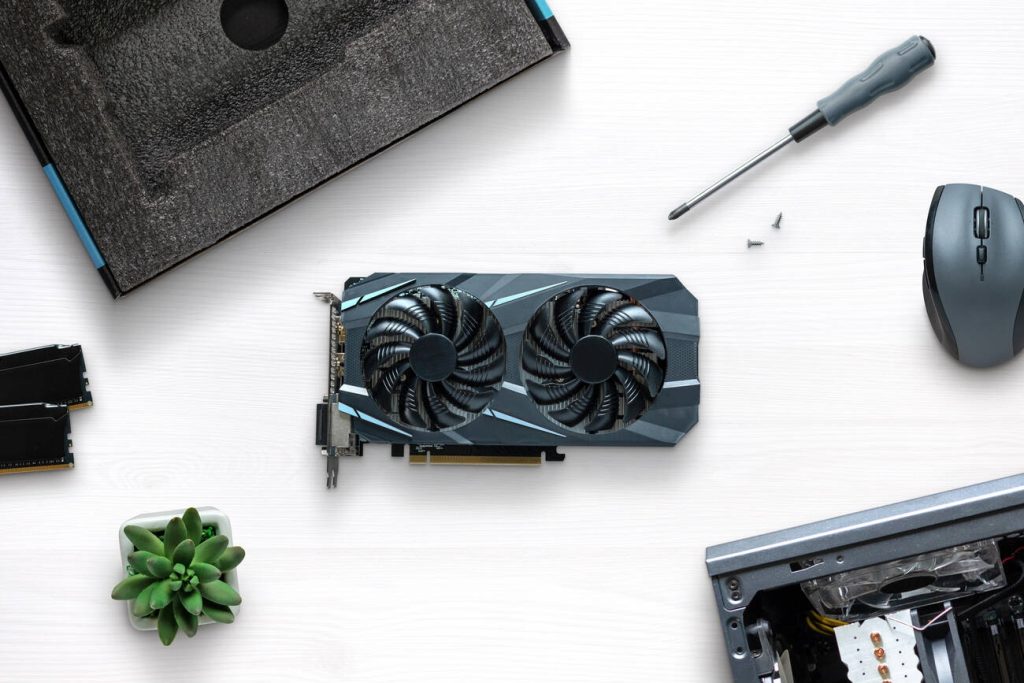As you probably know, gaming is a favorite pastime activity for anyone, regardless of age. Its popularity has increased thanks to advancements in technology. For you to play and succeed in your gaming, you need a reliable computer. Unfortunately, the best gaming personal computer may come at a pricey side. For this reason, it’s important to choose a machine that meets your gaming needs.
Once you are done, you will benefit from your custom-made computer, including saving your pocket. In this article, we will explain what it takes and the process of assembling a gaming computer all by yourself.
Keep reading.
Steps In Creating A Powerful Gaming Machine
Here are the basic and easy steps that will give you your first owned gaming PC to take your experience to the next level.
Do a Thorough Research, Plan and Budget
Before you can begin the process of building your own gaming PC, do thorough research on what it takes and whether the items you need are available in the market.
You will also need to have a budget as some requirements come at a high cost. Additionally, from your gaming experience, list what you want to achieve. This will determine what type of hardware and software you will need.
Shop for PC Components Well
There are five components you need to purchase before you can start to build your own powerful gaming PC.
Central Processing Unit (CPU)
The CPU acts as the main memory of your gaming PC and executes what you prompt it to do. It is also in charge of running games effectively and smoothly. Hence, when deciding the type of CPU to buy, ensure it can perform functions at the fastest speed possible.
One of the features to look out for is a CPU with minimum Intel Core i8 or AMD Ryzen processors. These two have good performance for gaming. It’s necessary to also establish whether it is compatible with other components.
Graphics Processing Unit
The Graphics Processing Unit provides gaming visuals and smooth gameplay. There are many types of GPUs in the market at different prices. Your gaming needs will guide your choice of GPU. To be sure of what you are buying, read the reviews by past users to avoid making a mistake.
The most common options to choose from depending on your expected gaming performance are NVIDIA, GeForce and AMD Radeon graphics cards. Additionally, identify a GPU which has an adequate VRAM, high clock speeds, and efficient cooling solutions.
Random Access Memory (RAM)
RAM enables gaming processes to run smoothly in the background. The size of your chosen RAM will determine the capability of your PC to process many tasks simultaneously without affecting your gaming experiences.
It is advisable to use a RAM with at least 16GB of RAM to have a good experience. However, if you can manage to have a RAM with a higher capacity, the better the performance for online gaming. For example, if you love playing Skyblock online, you will need a PC with 16 GB RAM and above.
Additionally, you should consider the frequency and latency of the RAM modules if you are to get your performing at its best. There are several reliable brands in the market. Some examples include Kingston, Micron, Corsair, Crucial and many others.
Storage Options
Storage basically provides the PC with a space to store files and enable a faster loading and system response. HDDs offer larger storage capacities at a lower budget. Hence, they are good for storing game libraries and files. However, SSDs offer a faster loading time, and the response is much better than when using HDD. You may also want to combine the two for optimal performance if your budget allows.
Motherboard and Power Supply Unit (PSU)
The motherboard is made of a circuit board and is responsible for executing all the processes. It is the central communication point of your PC and connects all the other components to ensure they communicate to deliver outcomes as a team.
When choosing a motherboard, compatibility with your chosen CPU and GPU is very important. You may have all other good components, but if the motherboard fails, you don’t have a gaming PC. Always go for tried and tested brands such as ASUS, MSI, or Gigabyte.
The motherboard will also require a good Power Supply Unit to provide it with power and to all other components. The wattage rating may be key when choosing a PSU to ensure it can sufficiently power and accommodate upgrades.
Assembling Components and Setup Process
After choosing your PC components, you can now start the process of putting them together. You will need to have an assortment of tools, such as screwdrivers and an anti-static mat surface.
Her is the simple assembly process to follow;
- Install the Central Processing Unit onto the motherboard.
- Install the RAM sticks by putting them in the correct slots on the motherboard.
- Fix the assembled motherboard inside the PC casing and connect power cables, SATA cables, and front panel connectors.
- Attach the GPU into the PCIe slot on the motherboard firmly.
- Connect your chosen type of storage drive.
- Connect the Power Supply Unit to all components using the correct wires.
- Verify that all connections are done well and close the case.
- Connect your monitor, keyboard, and mouse.
- Install an operating system and drivers to ensure proper functioning.
After putting everything together, you may start the PC, launch a game and have a feel of your new computer.
Conclusion
Having a gaming computer made by yourself is a good thing to do. At the end of the day, you will have a gaming PC that has what you need to achieve your gaming needs. The benefits of building your own machine include the business for future upgrades and increasing performance at a lower cost. All you need is to do your research well before purchasing the different components to avoid frustrations. We hope that this guide has provided you with all the information you require to start off.




